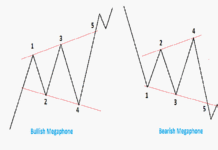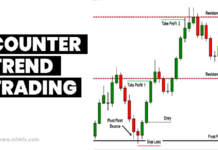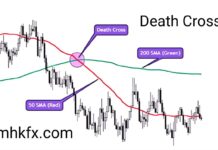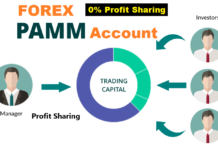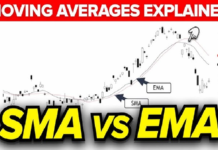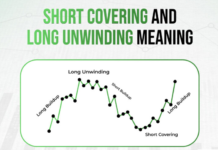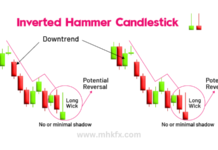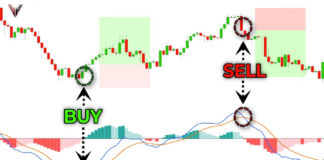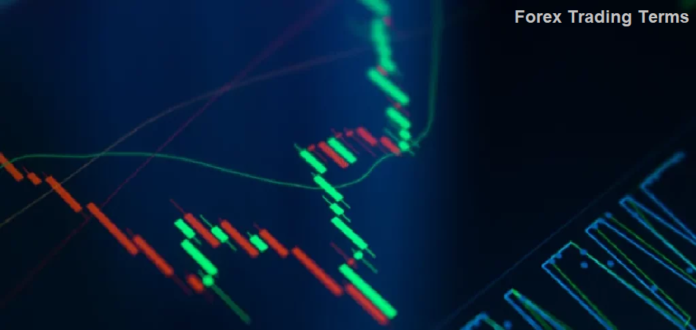
Understanding the main keywords is crucial for navigating the market efficiently in forex trading. Concepts like Pips, which measure the smallest price movement in a currency pair, and Leverage, where traders borrow capital to magnify potential returns, are fundamental. The Spread, the difference between the bid (buy) and ask (sell) price directly affects trading costs, while the Lot Size determines the volume of currency units traded, influencing risk and reward. Currency Pairs form the core of Forex, with the Base Currency and Quote Currency indicating the value comparison. Traders often focus on Bullish or Bearish trends to predict market direction and employ tools like Stop Loss and Take Profit to manage risk. Techniques like Technical Analysis using charts and indicators and Fundamental Analysis, which examines economic data, help traders make informed decisions. Terms like Hedging, Volatility, and Liquidity further shape strategies to balance risk and opportunity, making these keywords essential for anyone involved in currency trading. Here are 70 key terms commonly associated with Forex trading:
- Pip (Percentage in Point): The smallest price movement in a currency pair.
- Leverage: Borrowed capital to increase potential returns.
- Spread: The difference between the bid (buy) and ask (sell) price.
- Lot Size: The number of units in a trade (Standard, Mini, Micro lots).
- Margin: Collateral required to open and maintain a leveraged trade.
- Currency Pair: A comparison between two currencies, e.g., EUR/USD.
- Base Currency: The first currency in a currency pair.
- Quote Currency: The second currency in a currency pair.
- Bullish: Expecting the price to rise.
- Bearish: Expecting the price to fall.
- Stop Loss: An order to limit losses by closing a trade at a specific price.
- Take Profit: An order to close a trade when a desired profit is reached.
- Ask Price: The price at which a currency can be bought.
- Bid Price: The price at which a currency can be sold.
- Long Position: Buying a currency expecting its value to rise.
- Short Position: Selling a currency expecting its value to fall.
- Volatility: The measure of price fluctuations in the market.
- Liquidity: The ability to buy or sell currency pairs without significant price changes.
- Slippage: The difference between the expected and actual trade price.
- Hedging: A strategy to reduce risk by holding offsetting positions.
- Forex Broker: An intermediary that facilitates currency trading.
- Market Order: An order to buy or sell at the best available price.
- Limit Order: An order to execute a trade at a specific price or better.
- Swap (Rollover): The interest paid or earned for holding a position overnight.
- Fundamental Analysis: Analyzing economic, social, and political factors to predict currency movements.
- Technical Analysis: Using past market data, charts, and indicators to predict future price movements.
- Candlestick Chart: A type of chart used to display price movements.
- Risk Management: Strategies to minimize financial risk, such as using stop-loss orders.
- Trading Signal: An alert or indicator suggesting a buy or sell opportunity.
- Position Sizing: Determining the number of units to trade based on risk tolerance and market conditions.
- Drawdown: The reduction in account equity after a losing trade.
- Trend: The general direction of the market price over time.
- Range: When a currency pair moves between a set high and low price without breaking out.
- Breakout: When a currency pair moves beyond its established range.
- Scalping: A strategy that involves making many small trades to profit from small price movements.
- Day Trading: Trading financial instruments within the same day.
- Swing Trading: A strategy that involves holding positions for several days to profit from price swings.
- ECN (Electronic Communication Network): A Forex broker that connects traders directly to the market without dealing desk intervention.
- Market Maker: A broker or institution that provides liquidity by quoting both the buy and sell prices.
- Risk-to-Reward Ratio: A ratio used to compare the potential profit of a trade to its potential loss.
- Fibonacci Retracement: A technical analysis tool used to predict potential price reversal levels.
- Moving Average (MA): A technical indicator that smooths price data to identify trends.
- Relative Strength Index (RSI): A momentum oscillator that measures the speed and change of price movements.
- MACD (Moving Average Convergence Divergence): A trend-following momentum indicator that shows the relationship between two moving averages.
- Bollinger Bands: A volatility indicator that consists of a moving average and two standard deviation lines.
- Support Level: A price level where a currency pair tends to stop falling.
- Resistance Level: A price level where a currency pair tends to stop rising.
- Price Action: Trading decisions based on price movements and patterns rather than indicators.
- Order Book: A list of buy and sell orders for a currency pair.
- Interest Rate Differential: The difference between the interest rates of two currencies in a currency pair.
Here are 20 more advanced or less common Forex trading terms to add to your list:
- Arbitrage: The simultaneous buying and selling of currency pairs in different markets to take advantage of differing prices for the same asset.
- Carry Trade: A strategy where traders borrow a currency with a low interest rate and invest in one with a higher interest rate.
- Order Types: Different ways to execute trades (e.g., stop order, limit order, market order).
- Risk Appetite: The level of risk a trader is willing to take on in the market.
- Liquidity Provider: A financial institution that offers liquidity to brokers and markets by offering buy and sell prices.
- Position Trading: A long-term strategy where traders hold positions for weeks or months based on macroeconomic trends.
- Correlation: The statistical relationship between two currency pairs that can move in tandem or oppositely.
- Central Bank Intervention: When a central bank buys or sells its own currency in the open market to influence its value.
- Exotic Currency Pair: A pair consisting of a major currency and a currency from an emerging or smaller economy (e.g., USD/TRY).
- Forward Contract: An agreement to buy or sell a currency at a future date at a predetermined rate.
- Lot: A unit of measurement to describe the volume of a trade (standard lot = 100,000 units of currency).
- Partial Close: Closing a portion of a trade while leaving the rest open.
- Market Sentiment: The overall mood or attitude of investors toward a particular currency or the market.
- Balance of Trade: The difference between a country’s exports and imports, impacting currency valuation.
- Over-the-Counter (OTC): A decentralized market where trades are conducted directly between two parties rather than on an exchange.
- Pending Order: An order placed in advance to be executed once a certain condition is met.
- Trade Balance: A key economic indicator reflecting the difference between exports and imports.
- Divergence: A situation where the price of a currency pair moves in the opposite direction of an indicator (e.g., MACD divergence).
- True Range: The highest value between the current high-low range, previous close-high, and previous close-low.
- Order Flow: The process by which buy and sell orders are matched in the market, giving insight into market liquidity and direction.
This makes a total of 70 essential Forex trading terms for Forex traders, covering a wide range of strategies, tools, and market dynamics. These terms cover a wide range of concepts from technical analysis to trading strategies, helping traders better understand and navigate the Forex market.

